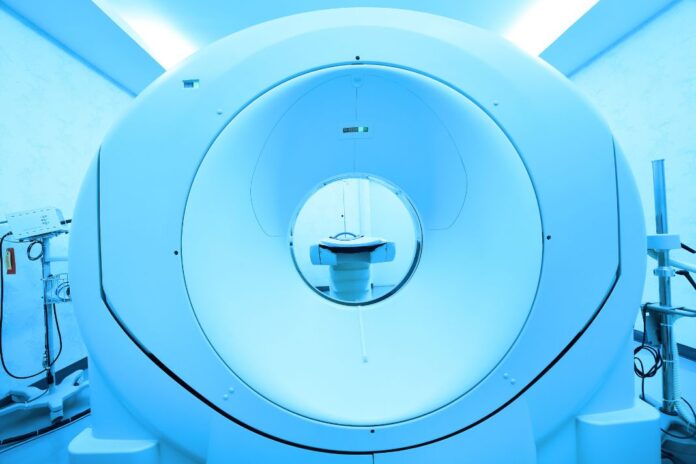In the fast-paced world of medical technology, the choice to invest in refurbished imaging equipment often comes with the promise of significant cost savings without compromising on quality. However, understanding the lifecycle of refurbished imaging equipment is crucial to ensure that your investment remains both reliable and long-lasting. In this article, we will explore the various stages of the lifecycle of refurbished imaging equipment and the steps you can take to guarantee its longevity and reliability.
- Inspection and Evaluation:
The lifecycle of refurbished imaging equipment begins with a thorough inspection and evaluation. Reputable refurbishment companies carefully assess the condition of each component, identifying any signs of wear, damage, or malfunction. During this stage, faulty parts are replaced, and any necessary upgrades are made to bring the equipment up to industry standards.
- Quality Refurbishment:
Once the initial evaluation is complete, the refurbishment process begins. This stage involves the repair or replacement of components, such as X-ray tubes, detectors, or software systems. Skilled technicians ensure that every aspect of the equipment meets or exceeds original manufacturer specifications. The goal is to restore the equipment to a like-new condition.
- Thorough Testing:
To guarantee reliability, refurbished imaging equipment undergoes rigorous testing. This phase includes performance tests to ensure that the equipment produces high-quality images with accuracy and consistency. Technicians also verify that safety features, such as radiation dose control, are functioning correctly. Only after passing these tests is the equipment deemed ready for use.
- Warranty and Support:
Many reputable refurbishment companies offer warranties on their refurbished equipment. This added layer of protection provides peace of mind for healthcare facilities. Additionally, access to ongoing technical support ensures that any issues that may arise are promptly addressed, minimizing downtime.
- Regular Maintenance:
To maximize the longevity of refurbished imaging equipment, regular maintenance is essential. Establishing a maintenance schedule and adhering to it helps prevent unexpected breakdowns and ensures that the equipment continues to perform optimally. Routine maintenance can include cleaning, calibration, and software updates.
- Upgrades and Updates:
Just like new imaging equipment, refurbished systems benefit from software updates and technological advancements. Staying current with the latest upgrades can extend the equipment’s lifespan and improve its capabilities, allowing your facility to provide top-notch patient care.
- End-of-Life Considerations:
At some point, all medical equipment reaches the end of its useful life. When refurbishing equipment is no longer a cost-effective option, it’s essential to consider proper disposal or recycling methods to adhere to environmental regulations and ethical standards.
Conclusion:
The lifecycle of refurbished imaging equipment is a well-planned and systematic process that ensures the equipment’s longevity and reliability. By partnering with reputable refurbishment companies, adhering to maintenance schedules, and considering upgrades, healthcare facilities can make the most of their investment in refurbished imaging equipment. Ultimately, this approach allows healthcare providers to deliver high-quality patient care while managing their budgets effectively.








